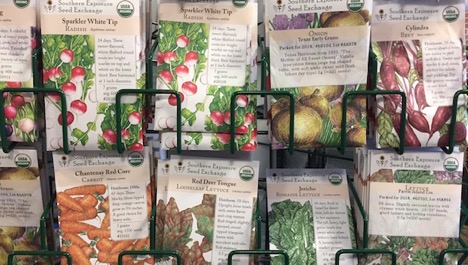
-by Luis Guerra-
During spring and fall planting seasons, we get a lot of questions about when and how to plant particular seeds. The first place we turn for helpful and accurate information is the packets the seeds come in. Not all seeds are created equal, and to know what you are getting, and how to properly germinate your seeds, seed packets provide a wealth of information, if you know what to look for. In this post, I’ll break down a lot of the information you’ll find on seed packages, so that you can get the most out of these resources.
When first looking at a seed packet you will see the plant cultivar and variety as a header, some with their Latin or botanical name following their common name. Next, you will find a description of the plant. This information may include ease of care, light requirements, disease resistance, culinary uses, germination techniques, harvest times, and much more.
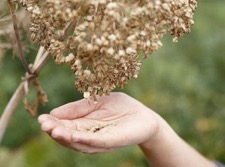 With plants grown from open pollinated/heirloom/non-hybridized seeds, you can allow your new plants to go to seed and save those fresh seeds for future use. Many seed companies producing these kinds of seeds will include sections on how to properly save the seeds for successful germination the next year.
With plants grown from open pollinated/heirloom/non-hybridized seeds, you can allow your new plants to go to seed and save those fresh seeds for future use. Many seed companies producing these kinds of seeds will include sections on how to properly save the seeds for successful germination the next year.
Next, you will probably find somewhere along the border the name of the company, their website (plus social media outlets), address, date established, and any certifications they may have (such as organic certification). This info allows you to further research the seed company itself and how they grow their seeds.
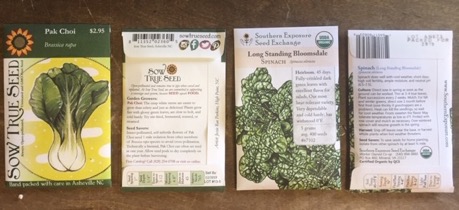
Most seed packs have fairly detailed planting instructions to help you successfully nurture your plants from seeding through harvest, including:
- Soil Temp for Germination: Seeds genetically know when to germinate, according to the temperature of the soil (eg: a tomato plant requires several days of temps over 75* to germinate). This information will help you time your seeding to match germination temperatures or may alert you to the need for extra help in achieveing desired germination temps (by using a seedling heat mat, for instance).
- Sowing Depth: How deep you place the seed into the soil
- Days to Emerge: An estimate of how many days you should see sprouts after planting the seeds
- Spacing Requirements: How far apart to plant your seeds. This will be the average space a fully grown plant will need to reach its full potential
- Light Requirements: How many hours of light a plant will need to thrive, and what kind of light (full sun, part shade, deep shade, etc.)
- Days to Harvest: This is the approximate number of days from sprouting to harvest, not including germination time
- Seed Approximation: This number will help you determine how many packets you need, depending on how much of each variety you want to plant
Here at Fifth Season Gardening Co., we carry organic, open-pollinated, and heirloom seeds from small seed companies like Sow True Seed, Baker Creek, and Southern Exposure Seed Exchange, which produce seeds that grow well in our region. We have worked with these companies for years, and are consistently pleased with their selection, quality, and germination rates.
Fall growing season is here, and we have everything you need to get your seeds started indoors or outdoors, from growing trays, inserts, and humidomes, to special seedling soils, and, of course, seeds! What’s more, we have knowledgeable employees who want to help you succeed at all of your gardening endeavors. Happy Planting!
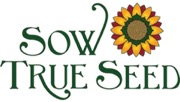

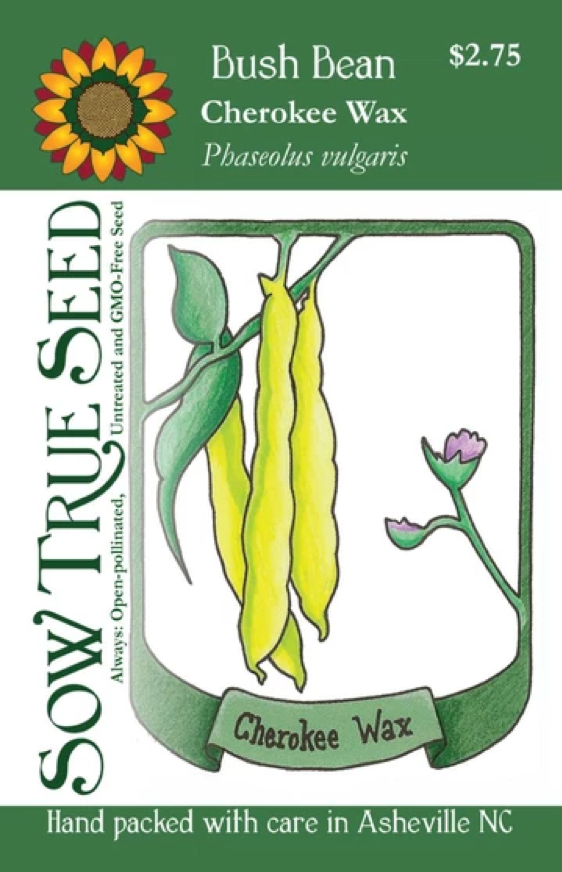

Leave a Reply